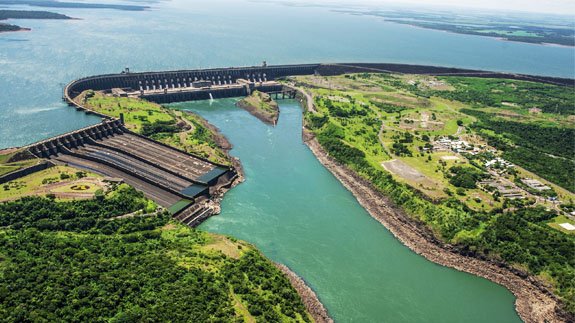Man-made dams and reservoirs could be major drivers of environmental change.
That’s according to a new study conducted by researchers at the University of Waterloo and the Université libre de Bruxelles, which suggests blocking rivers is having significant impacts on the world’s carbon cycle and climate.
The report says dammed reservoirs trap nearly one-fifth of the organic carbon being transported from the land to the ocean through rivers, acting as a significant sink for carbon dioxide.
However, researchers believe this is poorly represented in current climate change models, which can lead to inaccuracies in other research and hinder environmental management.
There are currently in excess of 70,000 large dams worldwide – with the continuing construction of new dams, more than 90% of the world’s rivers will be fragmented by at least one dam within the next 15 years.
The researchers also found that ongoing dam construction can impede the transport of nutrients such as phosphorus, nitrogen and silicon, negatively impacting the quality of water delivered to wetlands, lakes, floodplains and coastal marine areas downstream.
Taylor Maavara, Lead Author of the report and PhD student at the University of Waterloo, said: “We’re essentially increasing the number of artificial lakes every time we build a dam.
“This changes the flow of water and the materials it carries, including nutrients and carbon.”





